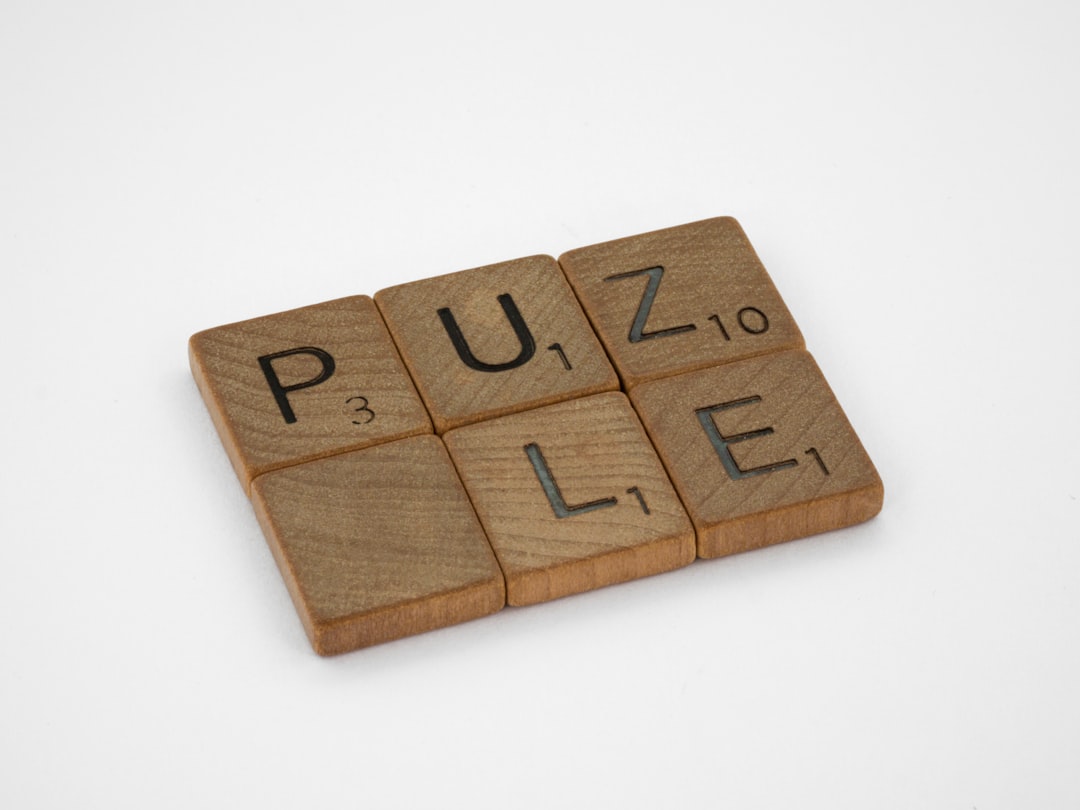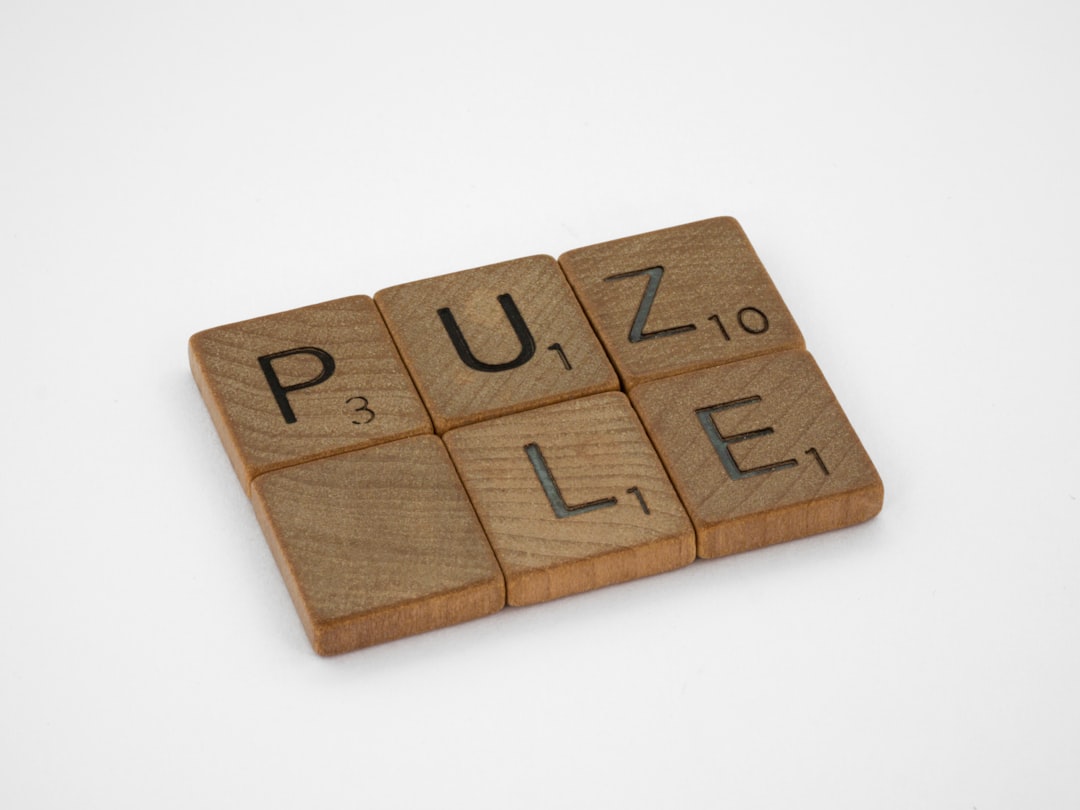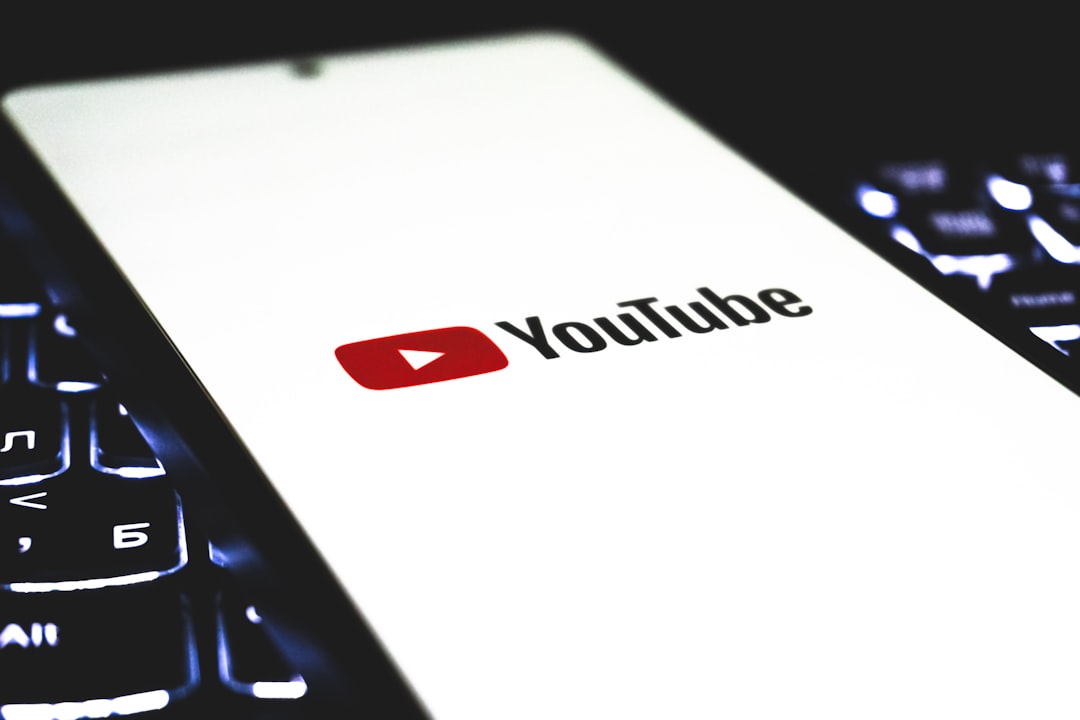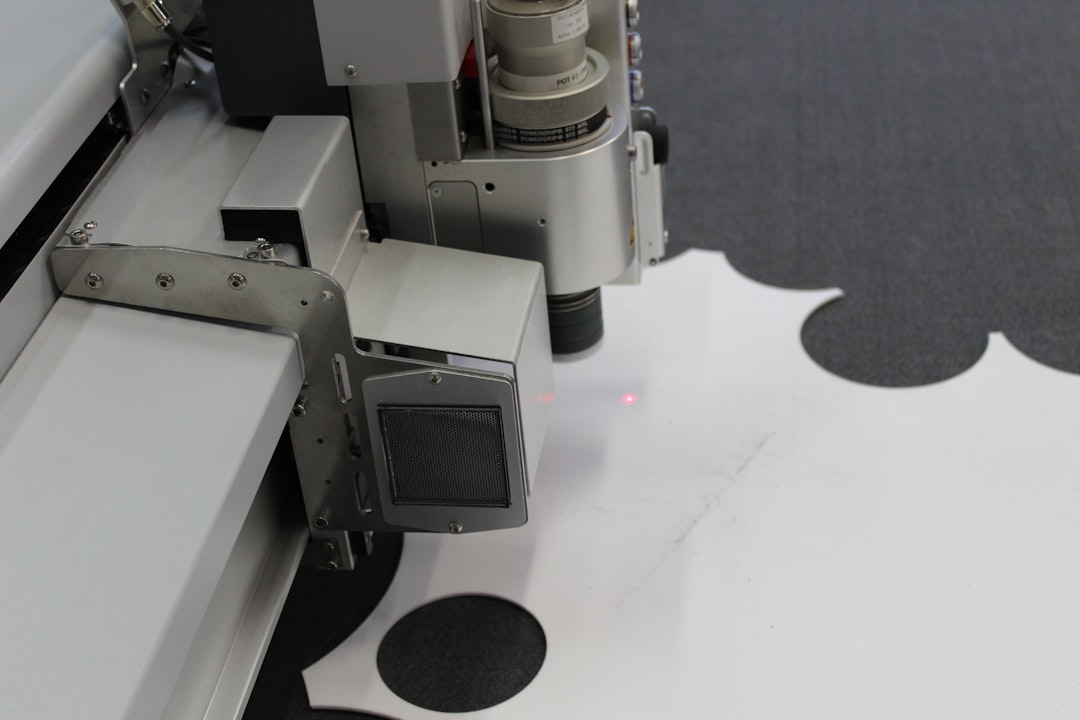The New York Times Connections puzzle for June 29, #749, is the perfect way to start your day with some mental gymnastics. This compelling puzzle challenges players to draw connections among seemingly unrelated terms. As you dive into today’s puzzle, you’ll not only test your mental agility but also improve your problem-solving and analytical skills.
Whether you’re a seasoned puzzle solver or just starting, these daily challenges from the New York Times provide an excellent opportunity to keep your brain sharp. Today’s edition is no different, presenting a unique blend of words that have hidden links waiting to be discovered. The challenge is understanding these connections and putting them together in a cohesive manner that makes sense.
**The Art of Solving Word Connections**
The goal of the Connections puzzle is simple, yet rewarding: identify the relationship between groups of words. Today’s puzzle might exhibit connections through synonyms, categories, or even more abstract associations. It might seem baffling at first, but with patience and a strategic approach, the puzzle starts unveiling its secrets. Here are some hints to guide you through navigating these complexities:
**Hint 1: Understanding Word Grouping**
In puzzles like these, words are often grouped based on common attributes or themes. Pay close attention to synonyms or words that fall under the same category. For instance, consider whether there’s a way that words might be differently classified, like by color, type, or usage. Always be open to various potential grouping possibilities, and don’t hesitate to think outside the box.
**Hint 2: Identifying Linkages**
Attempt to identify linkages that aren’t immediately apparent. Words might be related through cultural references, colloquial expressions, or even historical connections. This exercise encourages you to think laterally and see beyond the literal meaning of the terms. Building a mental map of possible connections can be immensely helpful.
**Hint 3: Process of Elimination**
If you’re stumped, try eliminating connections that don’t seem plausible or relevant. This might simplify the grid and make potential relationships stand out more clearly. The process of deduction can often lead to a breakthrough when you least expect it.
**Success & Satisfaction**
Solving such puzzles brings a sense of accomplishment. You’ll appreciate not just the solution itself but also the mental journey it takes you on. This exercise is a boost for cognitive functions, helping you nurture a sharper and more flexible mind.
**Today’s Answers: A Sneak Peek**
While we always recommend challenging yourself to solve the puzzle before checking the solutions, rest assured there’s guidance if you need a push in the right direction. Recognizing when you need help and when to push forward is part of the learning curve that such puzzles offer.
These games are more than just a pastime; they’re a way to bolster your brain’s health. By engaging regularly with cerebral challenges like the New York Times Connections puzzles, you’re investing in the long-term vitality and flexibility of your mind.
Incorporate these puzzles into your routine to not only enjoy the fleeting satisfaction of solving them but also as an investment in maintaining a bright and active mind. They offer a daily reprieve from the mundane and a chance for personal growth, one word group at a time.
Smart Life
Todays NYT Connections Hints
















Leave a Reply